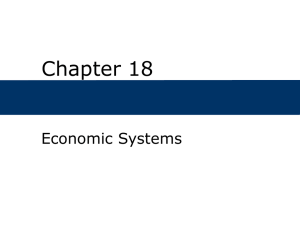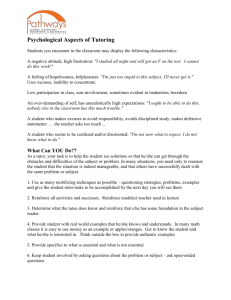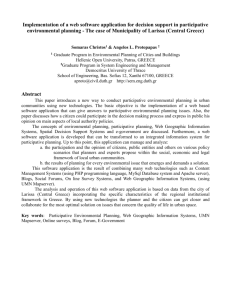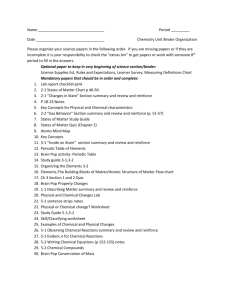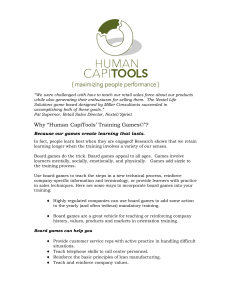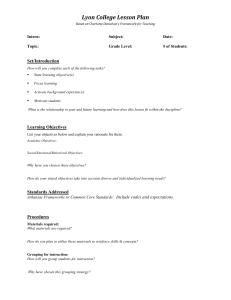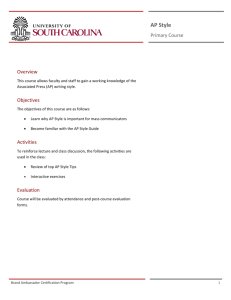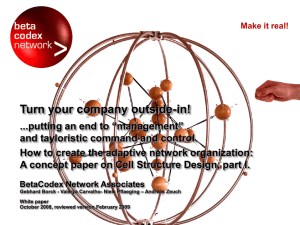High Performance Work Practices
advertisement
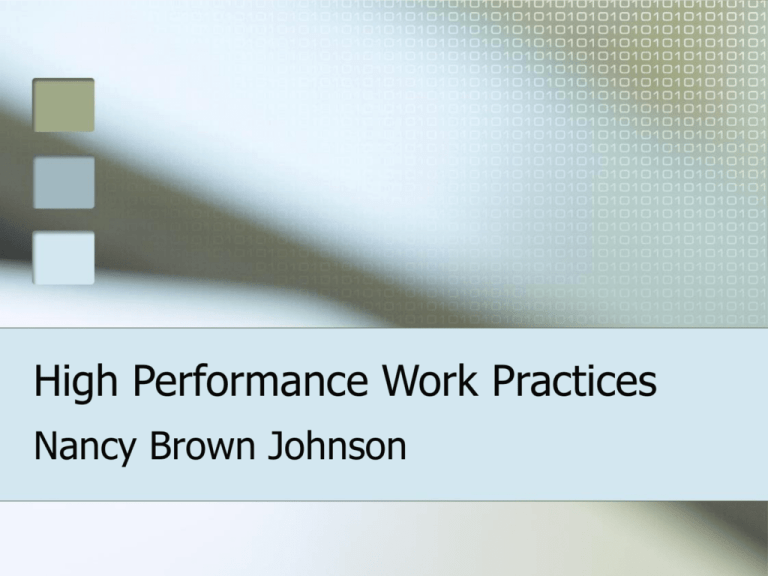
High Performance Work Practices Nancy Brown Johnson Traditional Work Systems Tayloristic, based upon high volume production lines Management acts, employees comply Work structured from top- employees carry out management actions Quality set by inspection HPWP Defined Maximizing the use of technology, resources, and employees Each element must work together Work systems are the link that tie the elements together Can contribute to organizational success but difficult to implement Elements of a HPWP Management philosophy that employees need to share in decisionmaking Participative management Elements Information sharing Participative decision making Increasing knowledge Redistributing power Information Sharing Provide employees with information about the business Enables the employees to make suggestions for improving product & processes Increasing knowledge Training Business knowledge Enables the employee’s to understand longterm goals Interpersonal and group skills Gives employees the skills to work together and engage in problem-solving Basic job skills Gives them the foundation for understanding their role in the organization and how it fits in to the total organizational goals Rewarding Performance Incentives to reinforce commitment Skill base pay or other systems to reinforce learning Profit sharing, share in cost reduction Provide incentives to engage in learning & participate Crucial to include job security Redistributing power Shifting decision-making downward Must empower workers to make decisions JetBlue does it by five core values Safety, Caring, Integrity, Fun, Passion Restructures organization to team level decisions such as quality circles, team meetings to systematically shift power downward When are HPWP a good idea? Required when flexibility essential Dynamic changing environments May be less efficient Much more difficult to implement than Tayloristic systems Tayloristic systems more appropriate for stable, predictable environments: allow for efficiency All Elements must work Together Rewarding Performance Information Sharing HPWP Redistributing Power Increasing Knowledge Conditions for HPWP success Goal Collective Identity Problem Solving v. Blaming Shared goals: everyone knows what needs to be done Shared knowledge of work processes Mutual respect among employees Frequent & timely communication Implementing Management needs combination of credibility & caring Coaching & feedback trust & respect positive reinforcement v. fear & punishment Hire employees to work in this environment Use conflicts to build relationships Measure performance broadly Flexibility in jobs Summary HPWP much more difficult to implement than traditional production systems Increase flexibility and work best in dynamic environment Expensive to implement Evidence indicates can pay off if consistently implemented
